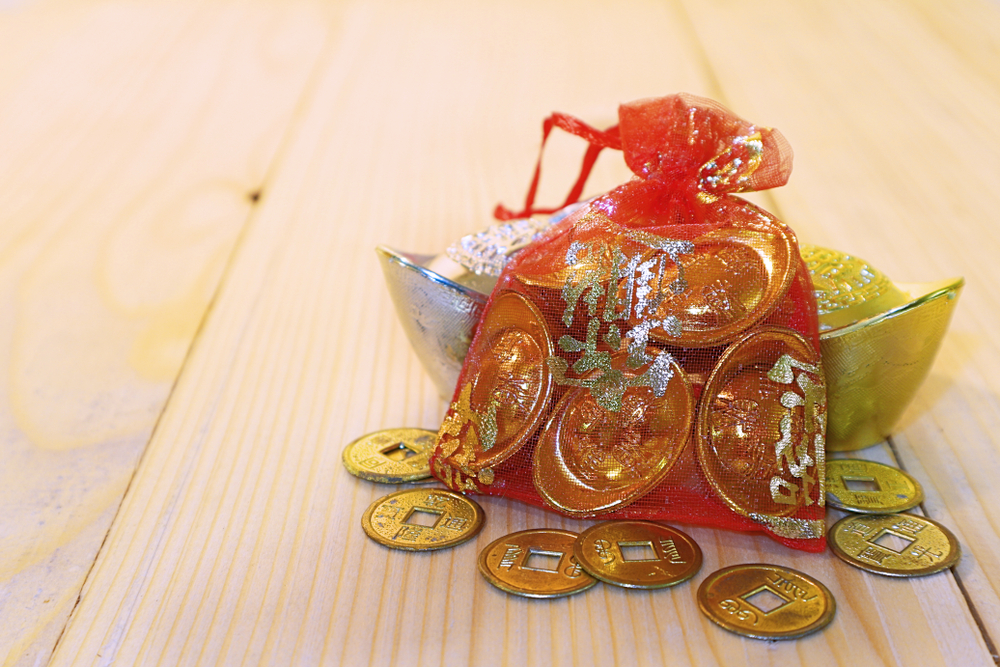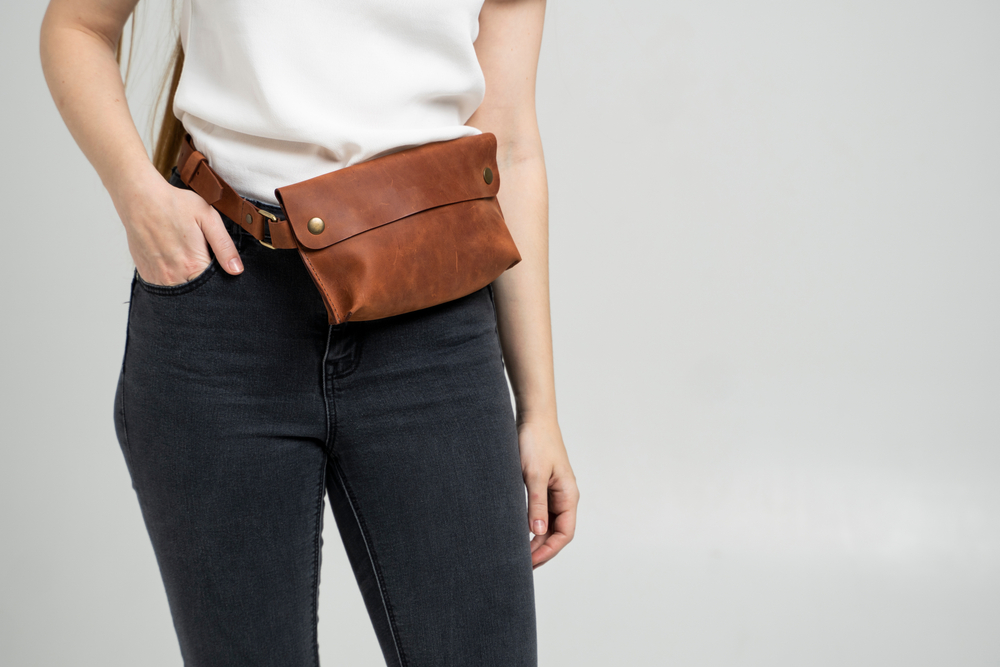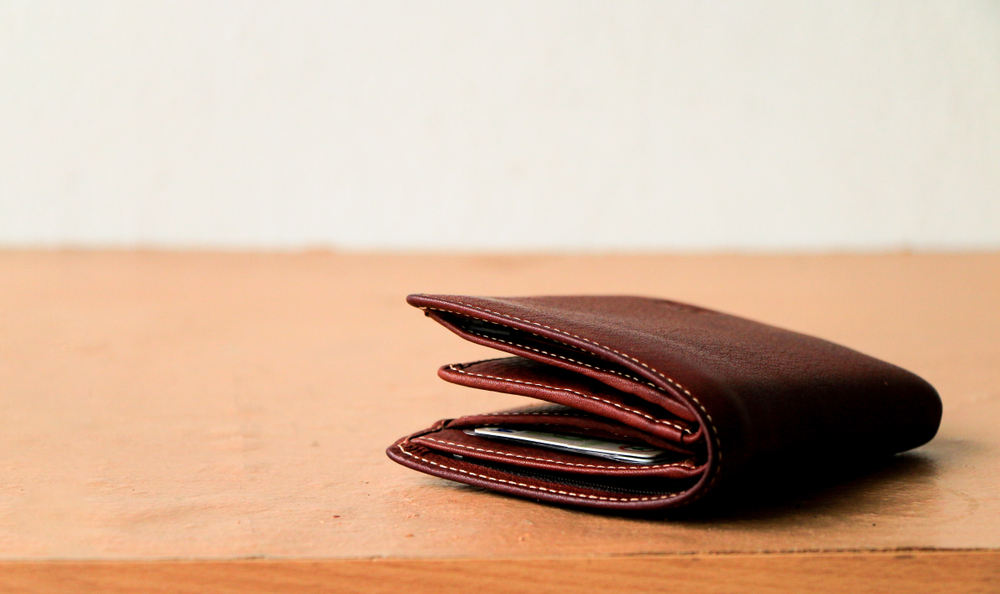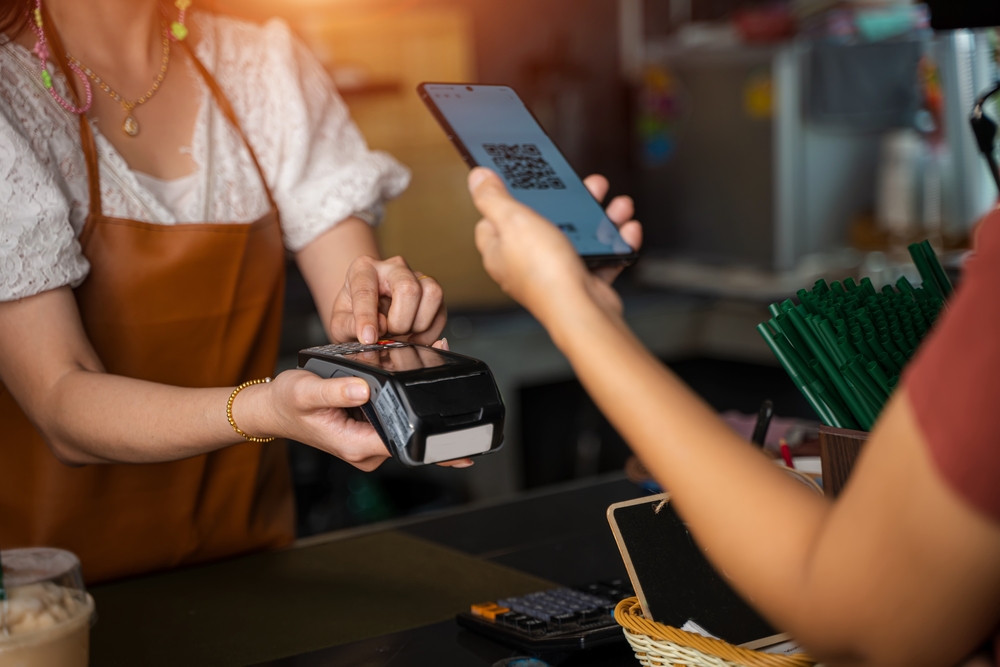Kapanlagi.com - Wallet is always closely associated with everyone's daily life. In addition to storing money, this item is often used to store important cards, such as debit cards, credit cards, and identity cards. In fact, some people even store photos and stamps in their wallets.
However, have you ever wondered when this wallet started? It turns out that over time, this wallet has evolved, both in terms of its shape and function. In fact, now there are digital wallets that are more practical to use anywhere and anytime. Well, to enrich your knowledge, take a look at the following wallet evolution!
1. First Created Around the 17th Century

Credit: Shutterstock.com
Actually, the word 'dompet' (wallet) has been used since the late 14th century. However, the word referred to a bag or backpack for carrying goods, not money or coins. For example, in Dutch, the wallet was commonly called 'knapzak' at that time.
However, the process of making wallets is known to have truly occurred in the 17th century. This followed the introduction of paper currency in Europe. From there, the concept of the wallet as a smaller bag that could be carried everywhere to carry money was born.
2. The Era of Pocket Wallets and Waist Ties

Credit: Shutterstock.com
Before the existence of small, foldable wallets like today, the first form of wallet was still a pocket. This was because before the introduction of paper money, the means of payment still used coin-shaped currency.
The presence of pocket wallets adapted to their function, which was to store coins, making it easier to carry while preventing them from scattering. Interestingly, at that time, the wallet was in the form of a drawstring bag and was tied to the waist.
3. The Birth of Modern Wallets with a Two-fold Design

Credit: Shutterstock.com
The presence of paper currency has led to a decrease in the use of coins. Pocket wallets are slowly being abandoned. People then switched to using simple wallets the size of paper currency. These wallets are made of cow or horse leather.
The term 'dompet' as a flat place to store paper currency continued until 1834. In the early 1950s, the design of wallets became more modern. This is because in that year, credit cards were introduced for the first time, so wallets were designed with a two-fold model and several card slots.
4. Evolving from Conventional to Digital

Credit: Shutterstock.com
In the 1970s, wallets with closures were introduced. In the 21st century, wallets further developed to be more trendy and fashionable. In fact, there are now digital wallets as a practical lifestyle choice.
Thanks to digital wallets, conventional wallets do not always have to be carried around and can be left at home. One practical and feature-rich digital wallet when used is DANA. In fact, it can be said that DANA is not an ordinary wallet.

This is because all types of user transactions can be done through DANA, so there is no need to switch between apps for daily transactions. Not only does it simplify things, DANA also has advantages in its features, such as being able to send money anywhere for FREE without administrative fees and being able to save on e-wallet top-up fees.
In addition, you can store all your bank cards in DANA, so you don't have to carry multiple physical cards for transactions. What's more interesting is that you can also pay with DANA Balance or the Balance from the Bank Cards you have saved in DANA using any QRIS.
Come on, download the DANA app now!
(kly/tmi)
Disclaimer: This translation from Bahasa Indonesia to English has been generated by Artificial Intelligence.

















